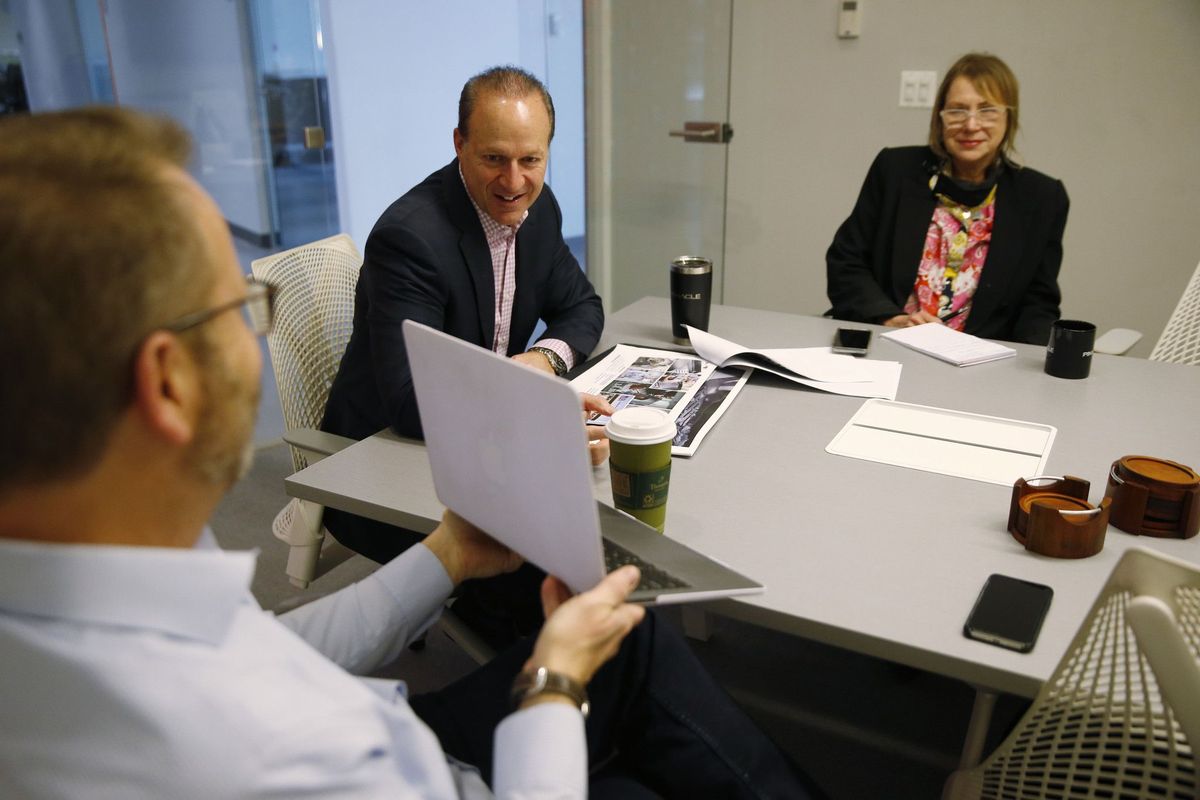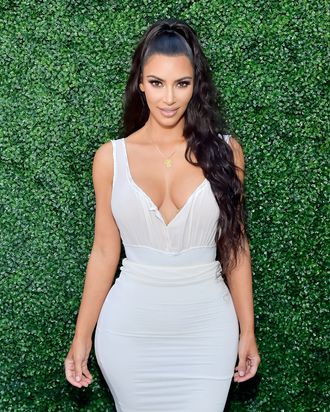
Super Bowl LV, coming after a sobering and harrowing year, has presented a conundrum for the big game’s advertisers.
Is it wise to shell out major cash – about $5.6 million for a 30-second spot – if sales have been suffering? What’s the right tone to strike when the pandemic has brought so much grief? And what’s the right message to send when half the country can’t stand the other half?
“This year there are a lot of icebergs in the water,” said Derek Rucker, a marketing professor who teaches advertising strategy at Northwestern University’s Kellogg School of Management.
Advertising during the Super Bowl, a televised event that can draw 100 million viewers and is the single biggest marketing platform all year, is always a high-stakes investment. But between the pandemic, the storming of the Capitol, the inauguration, the impeachment and ongoing social justice movements, “I can’t think of a Super Bowl in history that has so much else going on,” Rucker said.
“With that level of tension in the environment, anything you do has the potential to be amplified, and if it is interpreted the wrong way it can damage your brand,” he said.
Some regulars, like Coke, Pepsi and Avocados from Mexico, are sitting out this year’s game. Super Bowl stalwart Budweiser for the first time in 37 years won’t run an ad during the game, opting instead to promote COVID-19 vaccination in ads leading up to game day.
Other companies, including DoorDash and freelance marketplace Fiverr, will make their Super Bowl debuts, a sign of how the events of 2020 catapulted their business and relevance in people’s lives.
The Monday morning marketing quarterbacks are eager to see how brands navigate this year’s land mines.
“I think the trend we will see is careful, cautious, not controversial,” said Alice Sylvester, partner at Sequent Partners, an ad effectiveness and metrics consultancy in New York.
Yet companies don’t buy a Super Bowl ad, which with production costs can run $7 million to $8 million per spot, to be forgotten. They have to figure out how to stand out from the crowd and be relevant without spurring a brand boycott at a time when consumers are unforgiving of gaffes.
“You have to take a stand but make sure it’s the right stand,” said Margo Kahnrose, chief marketing officer at Kenshoo, a digital marketing tech company that’s based in Israel and has an office in Chicago. “I think that’s why brands are opting out altogether. It’s very risky.”
The caution, as well as uncertainty about whether the game would go forward amid a surge in COVID-19 cases, plus the pressure on marketing budgets, seems to have caused ad buys to be slower than usual.
CBS said Wednesday it had “virtually sold out” of its national ad inventory, according to USA Today, whereas last year Fox announced it had sold out nearly two months before the game.
Last year’s Super Bowl generated a record $449 million in ad revenue, up 33% from the prior year because the price of advertising spots was higher, according to Kantar Media. There are, on average, 87 30-second ad slots available during the game.
Some brands didn’t hesitate to participate this year.
Bolingbrook, Illinois-based WeatherTech, maker of car mats and other auto and pet accessories, has bought not one but two 30-second ad spots to promote its made-in-America products, which will run during the second quarter and second half, plus a prekickoff spot.
The commercials feature the stories of employees and highlight its bedrock message that making products in the U.S. can be profitable, said Michael Magnusson, founder and CEO of Pinnacle Advertising, the Schaumburg, Illinois-based ad agency behind WeatherTech’s Super Bowl ads for the past eight years. There was no concern over whether to participate based on the stress level of the nation.
“Nobody can throw stones at what WeatherTech’s message is,” Magnusson said. “It’s true, it’s to the heart, it’s all good. There is nothing controversial about making something in America and employing people.”
M&Ms also was quick to buy an ad and was one of the first to announce it was doing so. Mars Wrigley, whose global headquarters is in Chicago, selected M&Ms because it’s a joyful, humorous brand that could relieve some of the heaviness of the year.
“We believe people are still wanting to smile and have some fun,” said Sarah Long, chief marketing officer at the candy-maker.
The M&Ms ad, made by BBDO New York and featuring its spokescandies, “hints at the 2020 experience” and plays with “human truths we can all relate to,” Long said. It will play during the first commercial break after kickoff.
The company plans to premiere the ad on Zoom on Wednesday to 50,000 people who register. A teaser for the ad, titled “Reveal Gone Wrong,” shows a table set up for an outside gender reveal party, then a boom and a puff of blue powder.
Striking the right tone is one of the biggest challenges as emotions run high, Rucker said.
It’s safe for a legacy brand like M&Ms to use humor because consumers are familiar with it, but a newer brand may put people off if it looks like they are making light of a serious situation, he said.
Yet there is also a danger in being too somber. There was a backlash against the pandemic-focused advertising in the early months of the crisis, as people grew fatigued talking about how hard everything was.
“All of these Zoom ads, and everyone saying we are in this together – that got old very quickly,” Kahnrose said.
Companies have a wealth of consumer data guiding their decisions. For example, research shows that people are interested in brands that encourage public health protocols, Kahnrose said.
For Budweiser parent Anheuser-Busch InBev, diverting some beer ad money to vaccination awareness could be a marketing win.
“By making a big statement, like this is not the year for a big splashy Super Bowl ad, they are giving off a very on-trend, current message,” Kahnrose said. “That’s a way to flex your reputation, too, to hold back.”
The big kahunas of Super Bowl advertising are not just watching from the sidelines.
Anheuser-Busch InBev, traditionally the Super Bowl’s biggest advertiser, will still run ads during the game for Michelob Ultra, Bud Light and Bud Light Seltzer Lemonade.
PepsiCo, while benching Pepsi to focus on its sponsorship of the halftime show, is running an ad for Mountain Dew to promote its new watermelon flavor. The teaser, which leans into the brand’s penchant for the absurd (remember Puppy Monkey Baby?), features a watermelon-themed amusement park and googly-eyed dog with watermelon slices for body parts.
While many ads will stick to light and positive, some brands are taking stances on social issues.
Chipotle, which will be advertising during the Super Bowl for the first time, plans to focus on sustainable farming with an ad titled, “Can a Burrito Change the World?”
It’s become important for companies to have a purpose beyond the function of their products, as a way of appealing to values-centric consumers and differentiating themselves in a crowded market, Rucker said. But brands have to be careful, because savvy and skeptical consumers have little tolerance for efforts that seem opportunistic.
People were outraged when Ram Trucks, in its 2018 Super Bowl commercial, used a sermon from the Rev. Martin Luther King Jr. to advertise pickups.
The Gap got blowback when, amid the election turmoil in November, it posted a tweet showing a red and blue sweatshirt and calling for unity. The company later said the sweatshirt was not for sale.
And OneUnited Bank, the largest black-owned bank in the country, was accused of being exploitative last year when it released a debit card depicting the face of abolitionist Harriet Tubman.
Another consideration this year is that fewer people will gather for Super Bowl parties, which traditionally are the No. 2 group party occasion, after New Year’s Eve. Watching a commercial alone, versus in a group, changes how people react to it because they don’t have social cues from others, Rucker said.
“In a group, if one person laughs others will too,” he said. “Seeing it alone means those group-level reactions may be harder to see, and you have to adjust your advertising to that.”Once the holy grail of advertising, Super Bowl TV ads are now just one lever companies pull if it makes strategic sense for brands. And the spots are usually part of larger digital marketing campaigns that start days or weeks earlier, often propelled by social media.
Molson Coors, which is unable to air a national Super Bowl ad because of the NFL’s exclusive deal with Anheuser-Busch InBev, is nonetheless capitalizing on the event with an eyebrow-raising stunt that endeavors to infuse Coors branding into people’s dreams.
Marcelo Pascoa, vice president of marketing for Coors, said the team was skeptical when its ad agency first came up with the idea to use “targeted dream incubation” to trigger people to dream about Coors Light and Coors Seltzer on game day. The first question, he said, was whether it would actually work, and he was surprised when Harvard Medical School professor Deirdre Barrett, an expert on dreams who partnered on the project, said it might.
The campaign, promoted through TV spots and digital channels, invites people to watch a 2- to 3-minute video, then launch an eight-hour soundscape before going to sleep the night before the Super Bowl. The video shows images of mountains and rivers, emblematic of Coors’ refreshing brand profile. Participants, through a social media strategy, will be encouraged to share their dream experiences after.
Pascoa tried it and remembers dreaming of mountains, snow and, for some reason, his mom. The goal is to offer a fun, light experience that can take people’s minds off the year’s stressors and help them wake up feeling refreshed, he said
“And who knows, maybe they will wake up thinking about a beer,” he said. The video will become available Wednesday.
The idea is relevant to the current times, Pascoa said. He has been having anxiety dreams that he believes are driven by feelings of isolation caused by the pandemic.
Though it’s not an in-game ad, Chicago-based Molson Coors is spending 2½ times its usual marketing spend for February to push the dream campaign. It wouldn’t be making that investment if it didn’t feel it had something meaningful to say about the experience people are going through, Pascoa said.
“One thing we have learned is that people need a moment to chill,” he said. “People need a moment where they can disconnect.”
The Link LonkFebruary 02, 2021 at 02:56AM
https://ift.tt/3ak6BQ4
Will Super Bowl ads be super boring this year as brands skirt controversy? - The Spokesman-Review
https://ift.tt/2VMaFSS
skirt

No comments:
Post a Comment